Explore NYSORA knowledge base for free:


Visual and textual guides for mastering IV access.
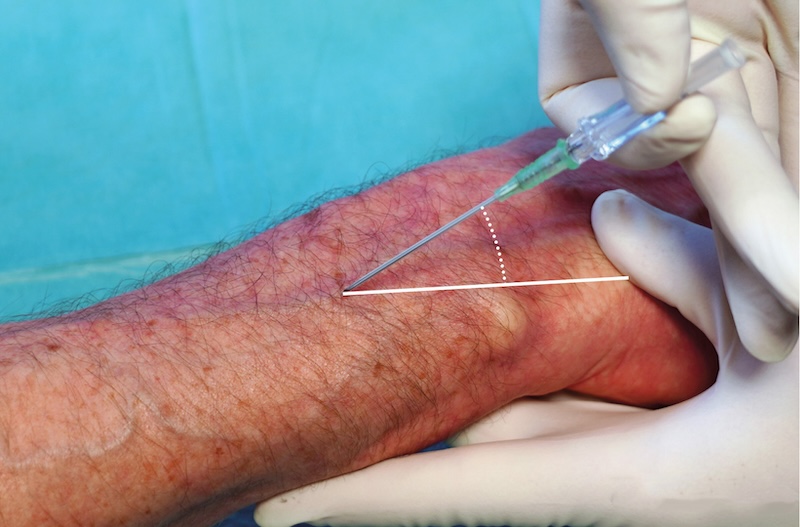
Easy navigation through the technique of peripheral IV access and troubleshooting.
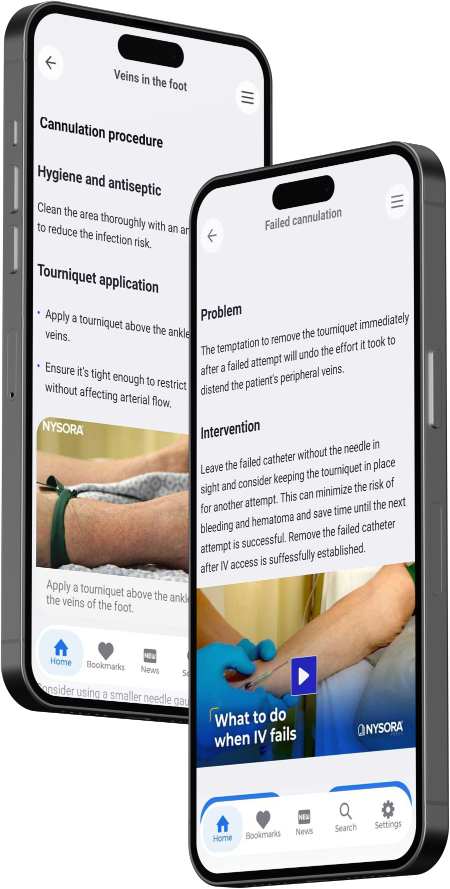
Real-life clinical examples and expert demonstrations.
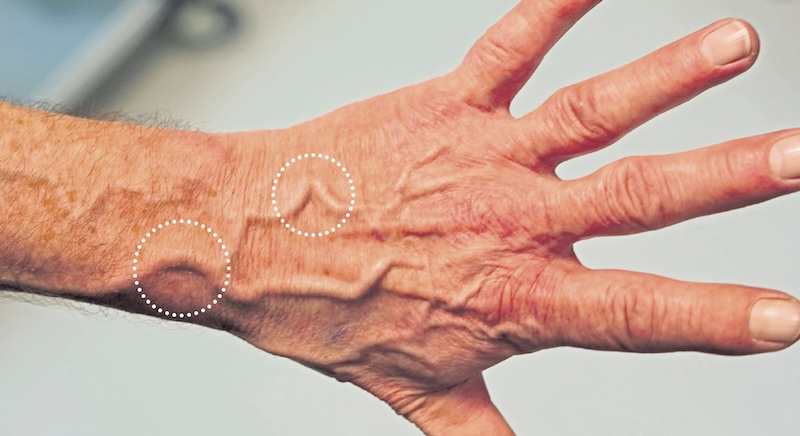
Detailed visual aids provide clarity and guidance for achieving expertise in IV access techniques.

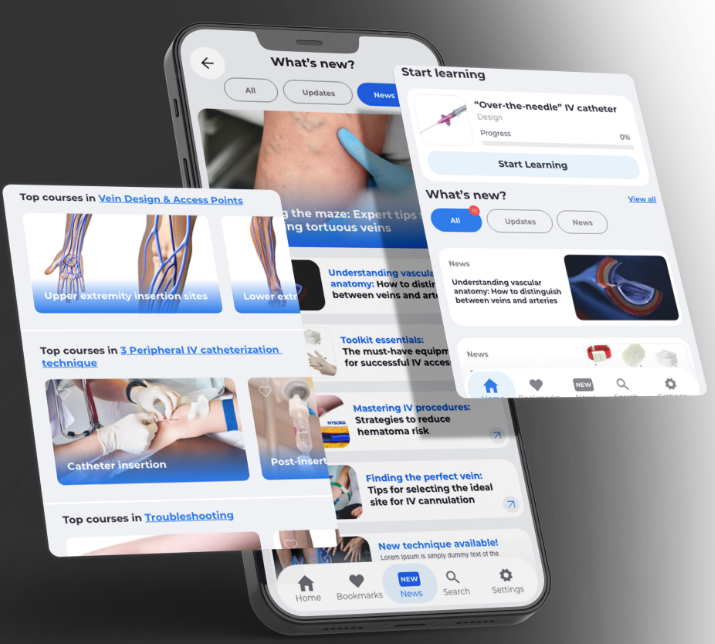
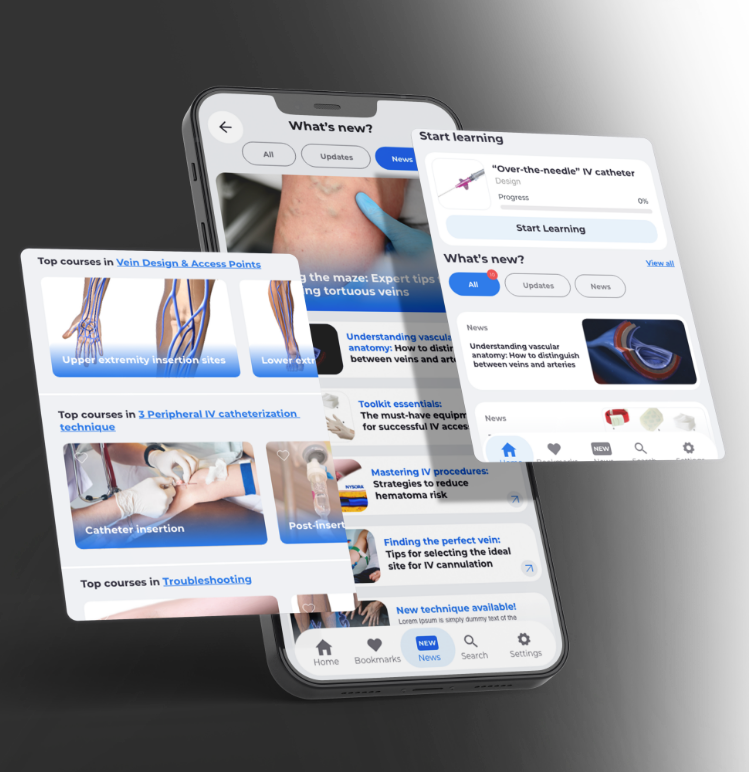
Download the NYSORA IV Access App today and perfect your IV catheterization technique!


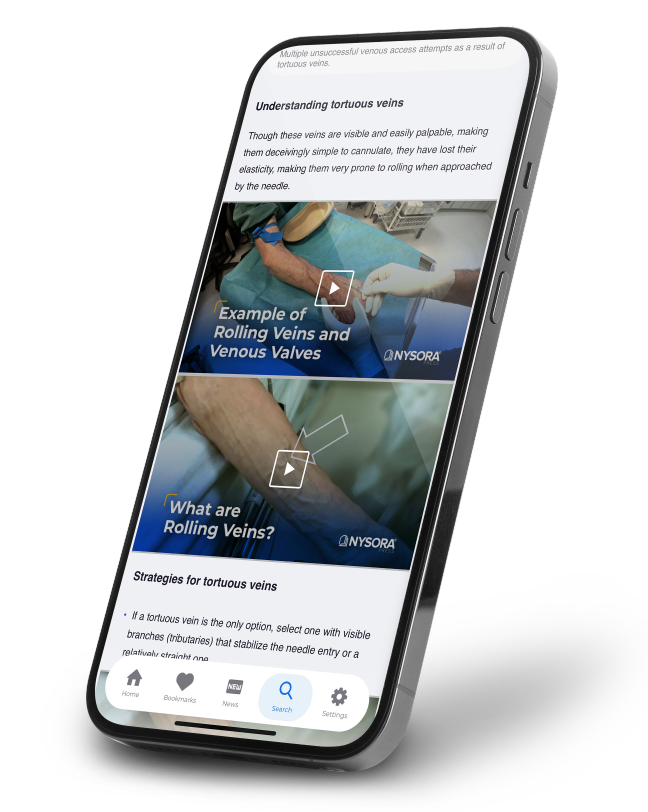

IV catheterization is a medical procedure that involves inserting a flexible, sterile tube—known as an intravenous (IV) catheter—into a vein. This process allows for the direct delivery of medications, fluids, and nutrients into the bloodstream, and it is also used for drawing blood. The procedure is a fundamental skill for nurses, doctors, and other healthcare professionals in various settings, including hospitals, clinics, and emergency care.
Yes, an IV catheter is often referred to as an IV cannula. Both terms describe the same medical device used in IV catheterization. It consists of a small tube that can be inserted directly into the vein, providing access for the administration of intravenous therapies. The terms “IV catheter” and “IV cannula” are used interchangeably in medical practice.
How do you insert an IV catheter?
Determining the correct placement of an IV catheter in a vein rather than an artery is crucial. Here are signs to ensure correct venous placement:
The frequency of IV catheter replacement depends on several factors, including the type of catheter, the purpose of the infusion, and the patient’s condition. Guidelines recommend the following:
Adhering to these guidelines helps ensure the safety and effectiveness of IV therapy, maintaining high standards of patient care in medical settings.